How a nudist colony helped FBI agents find a Yosemite serial killer and how the agents got his confession
In 1999, four women were murdered in Yosemite National Park.
As winter merged into spring in March of 1999, a cloud of terror was hanging over Yosemite National Park.
The month before, Carole Sund, her teenage daughter Juli Sund and Silvina Pelosso, a young exchange student from Argentina, had gone missing from their room at the Cedar Lodge just outside of the park. The bodies of Carole Sund and Pelosso were later found burned beyond recognition in the trunk of Carole Sund’s rental car. But Juli Sund was still missing.
In late March, a taunting letter and a map were sent to an FBI agent in the Modesto, California, office, giving investigators a big clue into where Juli Sund was.
"It says, 'We had fun with this one.' And we think that fun means something of a sexual nature that’s not good for the victim," former FBI agent Jeff Rinek told ABC News. "There’s a crude map, and the map shows Route 120. It shows Vista Point. It shows Don Pedro Reservoir, and it’s about forty miles away from where the car was found."
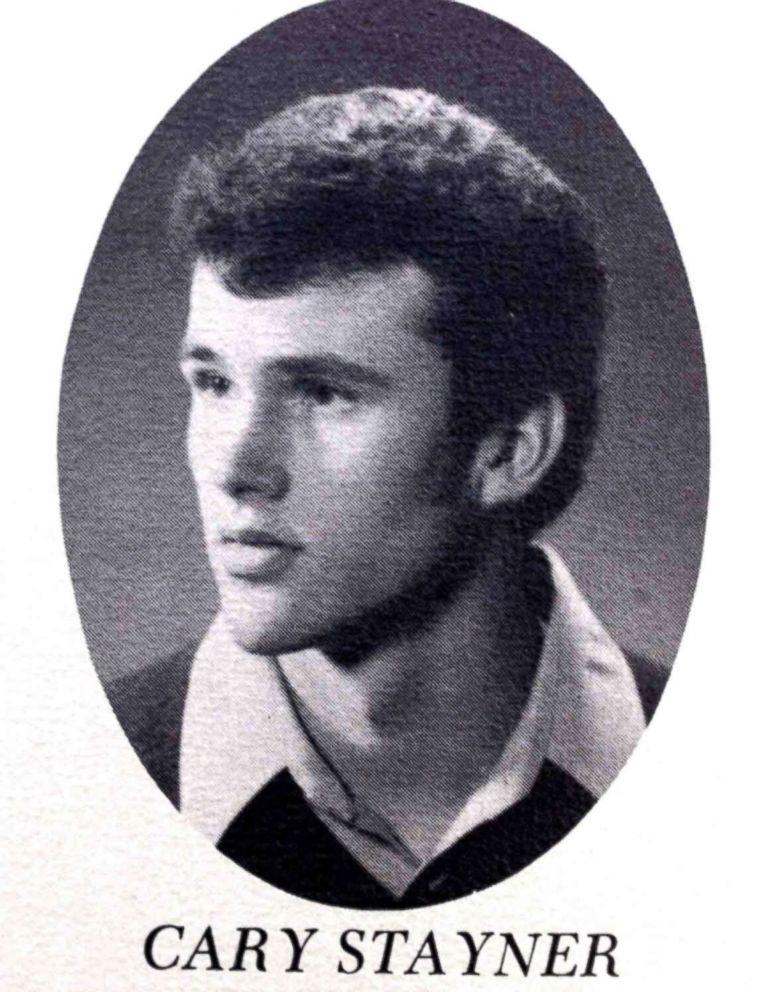
Investigators brought a cadaver dog to the area and quickly found Juli Sund’s body.
In the following months, the FBI announced that they believed the people responsible for the murders were in custody. But unbeknownst to them, the real killer, Cary Stayner, was still working at Cedar Lodge, living on the premises and was an active member of the community.
Watch the full story on "20/20" FRIDAY, Jan. 25 at 10 p.m. ET on ABC
Stayner, from Merced, California, was the older brother of Steven Stayner, who had been kidnapped at 7 years old in 1972, and forced to live with his captor Kenneth Parnell, who sexually assaulted the young boy over the next seven years.
When Steven Stayner was 14, Parnell got a local kid to help him kidnap another child, 5-year-old Timmy White.
Soon after, Steven Stayner later went to police with Timmy. Investigators initially detained Steven but soon declared him a hero for escaping and rescuing Timmy. Both boys were reunited with their families shortly after arriving at the police station.
Parnell was convicted on kidnapping and false imprisonment charges. He was sentenced to seven years in prison but only served five -- less time than he held Steven captive.
Steven Stayner died in a motorcycle accident in 1989 at the age of 24, and not long after, Steven and Cary’s uncle, whom Cary was close with and living with at the time, was killed.
Cary Stayner had a couple of nervous breakdowns, and though he was eventually brought to a mental health center, he left after a few hours.
In the fall of 1997, Stayner, then in his 30s, took refuge in Yosemite, where he landed his job as a handyman at the Cedar Lodge.
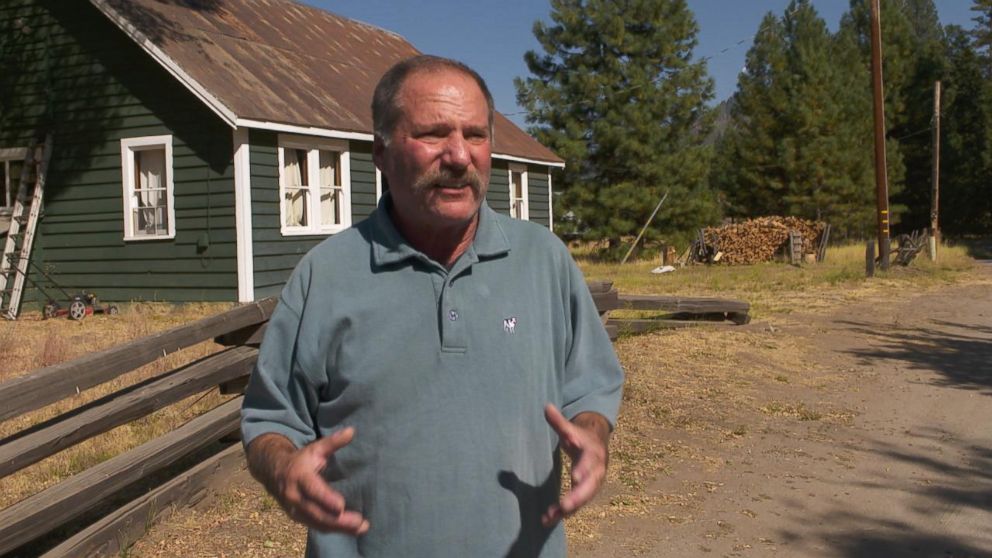
Stayner spent his downtime by the rivers, getting high and skinny dipping, police said. At the time of the murders of Carole Sund, Juli Sund and Silvina Pelosso, investigators didn’t see him as a suspect, and he even opened rooms at the motel for the FBI to gather evidence.
During that summer, Stayner killed again.
On July 21, 1999, 26-year-old Joie Armstrong, a park naturalist, was packing for a trip to join friends. They called police when she didn’t show up to meet up with them as planned.
When Armstrong's friends went to her cabin, which was in an area of the park called Foresta, they found signs of a struggle. They began searching the area. Eventually, investigators found Armstrong's body near a stream in the woods about a half mile away from the cabin. In the water several feet away, they discovered her head, which officials said had been removed from her body.
The next day, a tip was called into park rangers about a car spotted near Armstrong’s cabin. The car described was known to people in the area as Stayner’s car, and the FBI began looking for him as a potential witness to interview about Armstrong’s murder.
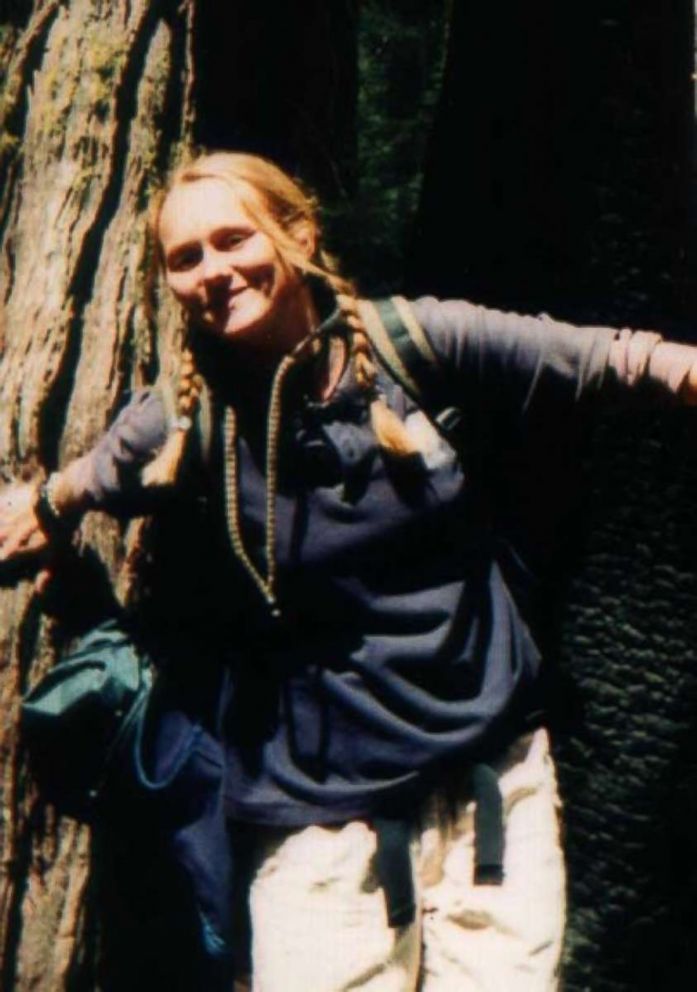
Mariposa police arrested Stayner that same day for smoking marijuana and questioned him, but somehow due to a clerical error, he was released from custody overnight, Rinek said.
Upon his July 23 release, Stayner returned to the lodge and tried to quickly sell his belongings, police said, before he packed up and left, later arriving at the nudist colony Laguna del Sol, where he began living in a tent.
Through the media, authorities alerted the public to be on the lookout for Stayner.
At the bar in the colony, Stayner struck up a conversation with Janet Damant, who had seen the BOLO (be on the lookout for) for Stayner. She called the FBI to alert them of Stayner’s location.
Jeff Rinek and John Boles, then FBI agents, responded to the call at Laguna del Sol.
"The manager comes out and said, 'Yeah, he's inside sitting in a corner booth, and you'll be able to find him because he's the only one wearing clothes,'" Boles told ABC News.
Rinek and Boles decided to bring Stayner in for questioning. They said he was cooperative and agreed to talk with them.
On the drive to the FBI field office, Rinek asked Stayner if he was related to Steven Stayner. Cary Stayner became emotional discussing how his brother had been held captive for so long, while his abductor was only sentenced to seven years in prison.
"He asked me if I thought it was just, and I told him absolutely no," said Rinek, who is the author of "In the Name of the Children," a true-crime account of the cases he has investigated during his career with the FBI, including the Cary Stayner case.
By the end of the car ride, Rinek had developed a connection with Cary Stayner. Rinek feels the car ride was truly pivotal in terms of bonding with Stayner, as he believes Stayner was searching for intimacy and somehow found it with Rinek during that conversation.
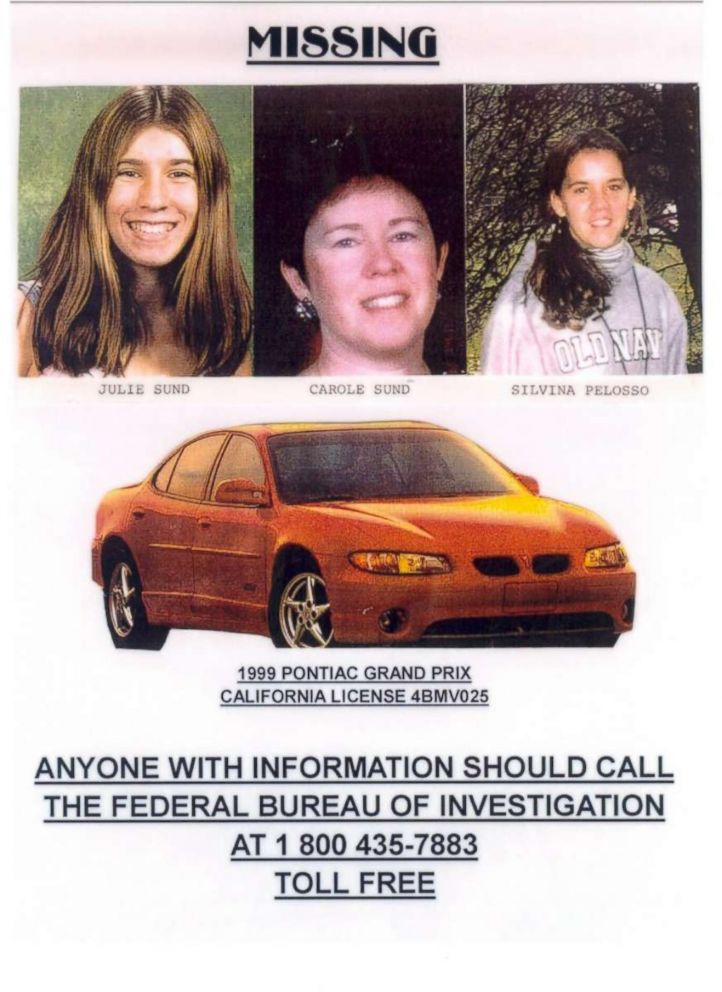
Once the three of them got back to the field office, Stayner was ready to reveal the naked truth.
"Cary Stayner started launching off into, 'This is going to be my last meal as a free man,'" Rinek recalled.
Stayner surprised them by saying said he would give them closure on what happened to Joie Armstrong and "more," but in exchange, he asked to see child pornography.
"Who would go into an FBI office and ask two FBI agents to see child pornography? That’s not your everyday request, and he said not just a couple, three to four images," said Boles.
The agents bought some time and began questioning Stayner about Armstrong. As part of the interview, Rinek said he used his deliberate interrogation technique of getting confessions, which involved making the subject go through the event three times from various perspectives.
"I ask [people I’m interviewing] first to tell me in a narrative outline way, 'What did you do? Tell me what you did?' And then I take that, and that serves as my outline, and we go back again and then I want to hear, 'Tell me what you experienced. What were your feelings? What were you feeling? What were you thinking? What were you going to do next? Why did you do that? Why did you do this? Why did you do that?'" Rinek explained.
He continued, "When we finish that perspective, we go back again. And this time I want to hear, 'Tell me what the victim perceived. What did she see?' Because we all, in law enforcement, when we look at somebody who’s killed someone else, we think to ourselves — at least I do — that that face was the last thing our victim saw before they died."
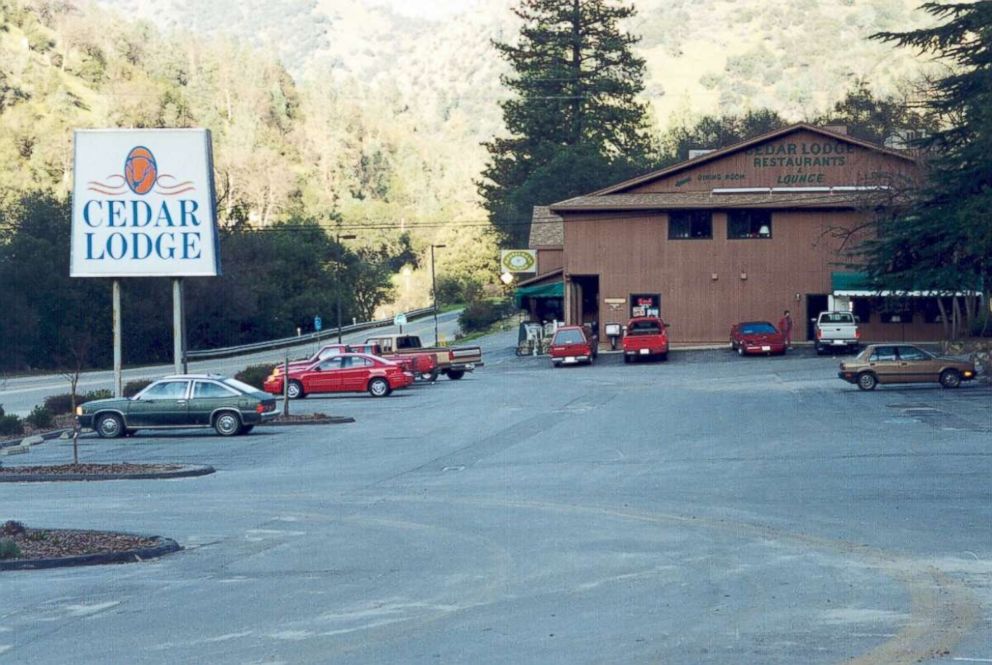
Finally, Rinek says he’ll ask them to write a letter of apology to the victim. "Because in the letter of apology, there’s always something that I didn’t think of or that I missed in the interview."
When it came to the interrogation of Stayner, Rinek said they had to calm him down.
"Now, we had been going through, not details, but the emotional impact this had on him. He at some points was shuddering, with crying and tears, but for the purposes of what I wanted him to do," Rinek said. "We needed [him] to be very calm and very thoughtful and to just give us an accounting of everything that happened."
In the exclusive, never-before-broadcast audio of Stayner’s confession, obtained by ABC News, Rinek said you can hear him ask Stayner to "do it again" after having Stayner go through his outline of what happened when he murdered Armstrong.
"When you hear these snippets, he’s going to sound clinical and unemotional, but this is what I asked him to do," Rinek said.
"It seemed like she was alone. I had a backpack, small green backpack. In the backpack, I had a .22 revolver," Stayner is heard saying in an audio recording of his confession to Rinek and Boles. "She stepped up on the porch and she was talking to me and she turned. That’s when I pulled out the gun and put it to her head. She turned around and freaked out."
Stayner told the agents that he wasn't being violent, just trying to subdue Armstrong and she fought back. Rinek believes that was an attempt by Stayner to control what the agents were thinking of him.
"It becomes clear to me that he's just this big emotionless monster, and Joie comes across as heroic 'cause she was a fighter. And he was a coward," said Boles.
"He successfully binds her with duct tape, and he binds her to the point that all she can pretty much do is walk," said Rinek.
At one point, Stayner told the agents that Armstrong was able to fling herself out of Stayner's moving car and ran away until he was able to catch her.
During Stayner's interrogation, the agents told Stayner he couldn’t view child pornography in exchange for his confession. At that point, Rinek said he feared Stayner would refuse to continue to confess.
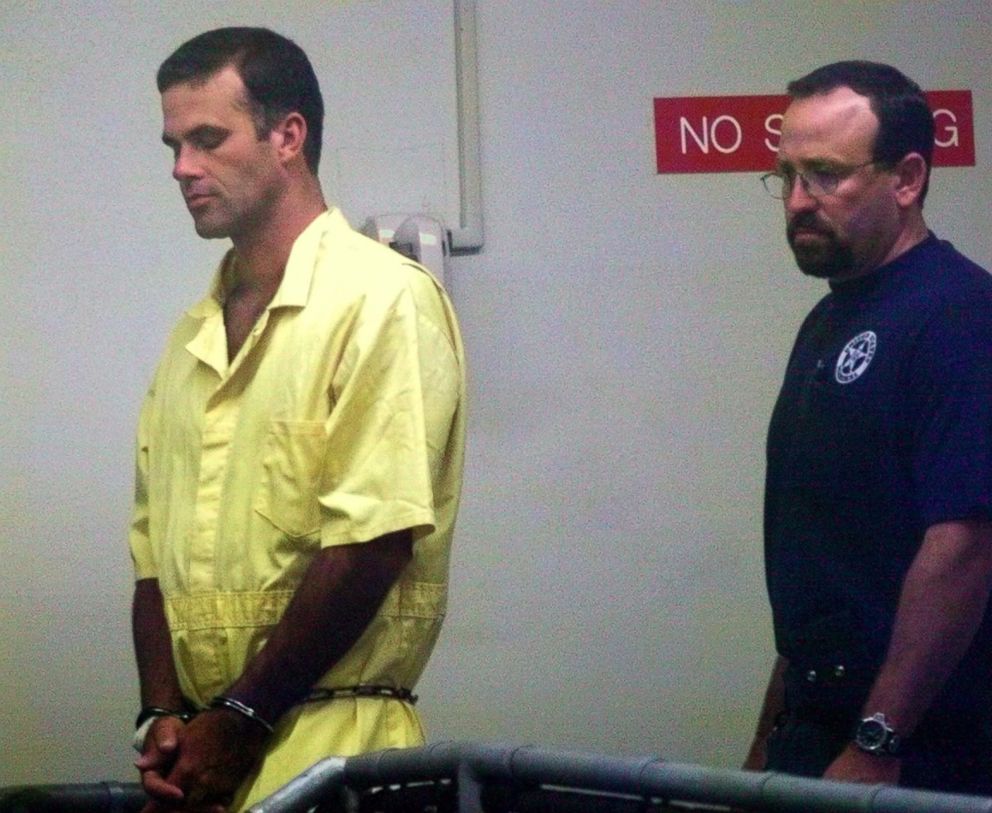
"We still weren't sure that he had [murdered the Sunds and Pelosso]."
"Jeff was very empathetic, and he was saying, 'I can already see a change in you. You seem like you're feeling better. Whatever this is that's inside you, you need to get it out.'"
"In my opinion, Cary Stayner was not a psychopath. A lot of people want to believe he was that way. I felt he was in pain and suffering, and I felt that what he was doing by telling these stories was a good thing for him and it was a good thing of course for the victims’ families to know," Rinek said. "My wife Lori and I, we’re at our best when we’re helping people, and we don’t necessarily decide who we’re going to help and who we’re not going to help."
Rinek said it was important for him to not show judgment or emotion.
"He has entrusted in me the gift of his confession, and it is my obligation to show him that I’m worthy of it," Rinek said. "And in order to do that, part of doing that is to not be judgmental, not respond when he says things that repulse me, not to show the emotion that’s coursing through me. I do that when I go home to my wife, and I break down and I start crying and I tell her then."
There was a dramatic period of silence after Rinek invited Stayner to continue opening up, Rinek said.
"That was followed by him saying, 'Okay, let’s do it,'" said Rinek.
Stayner then detailed the murders of Carole Sund, Juli Sund and Silvina Pelosso.
Shockingly, Stayner then told Rinek and Boles he had actually planned to kill three other females before he came upon the Sunds and Pelosso.
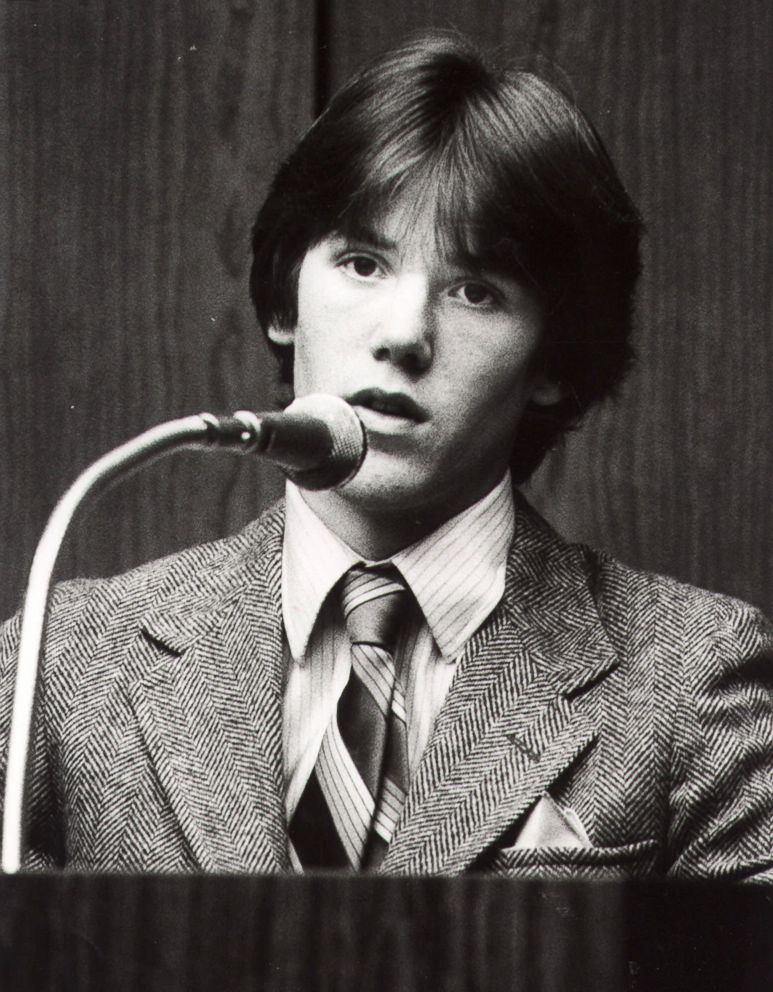
"I'd been gone for most of the day off the property. I was at a girlfriend's house, and I guess it's this girlfriend and her two daughters that were my original intended victims," Stayner told the agents during his interrogation. "The girl I was seeing and her daughters were my original intended targets."
"I could not believe what I'd just heard. I was literally trying to get my mouth going to hear that again to make sure I had heard what he said," Rinek recalled.
"Had we not gotten Stayner, they could've been next," said Boles.
Stayner eventually brought Rinek and Boles to the places he discussed during his confession and the evidence they would be able to find there.
"He took us to all the spots, and he knew exactly where everything was," said Boles.
Rinek recalled the moment Stayner took them to where he disposed of evidence in both murder cases.
"He said he took the roll of duct tape and the knife and he threw it out there as far as he could," Rinek said. "With the recovery of the duct tape, and the watch and the knife, which was the murder weapon, now we’re talking evidence."
Stayner was convicted in both state and federal courts. He was sentenced to death in December 2002 and remains on death row.
Rinek testified at Stayner’s trial and was there for his sentencing. Rinek said his wife Lori has been his rock and feels that without the support of his family he wouldn’t have been able to deal with this and the other cases he's investigated.
"[The judge] sentenced Cary to death, and they took him out of the courthouse. I left as quickly as I could, got back to my car, and drove home. It was the worst and best moment of my career," Rinek said. "I don’t know how to think of it. I guess in the end, if my family’s proud of me, I’m okay."




